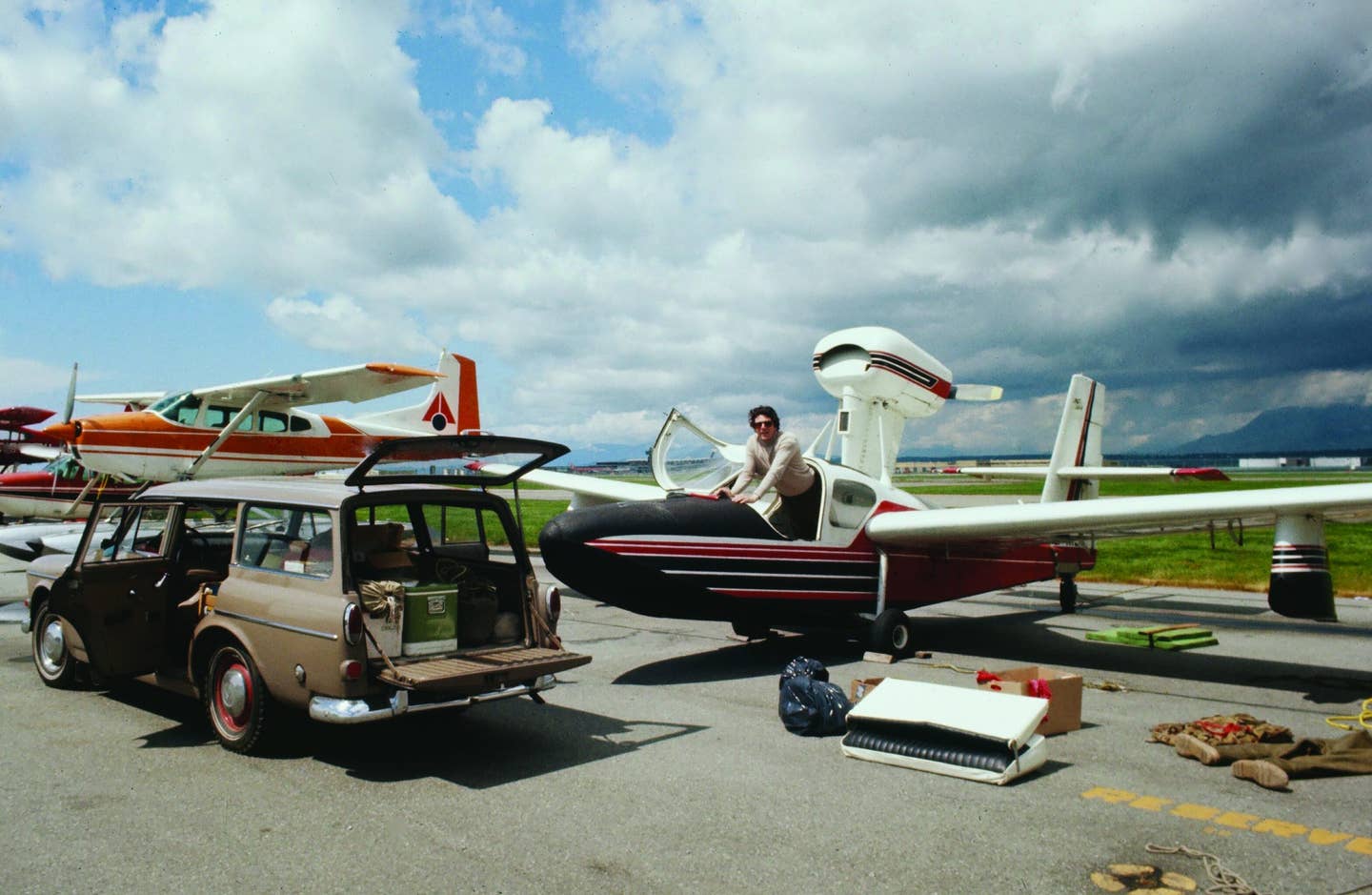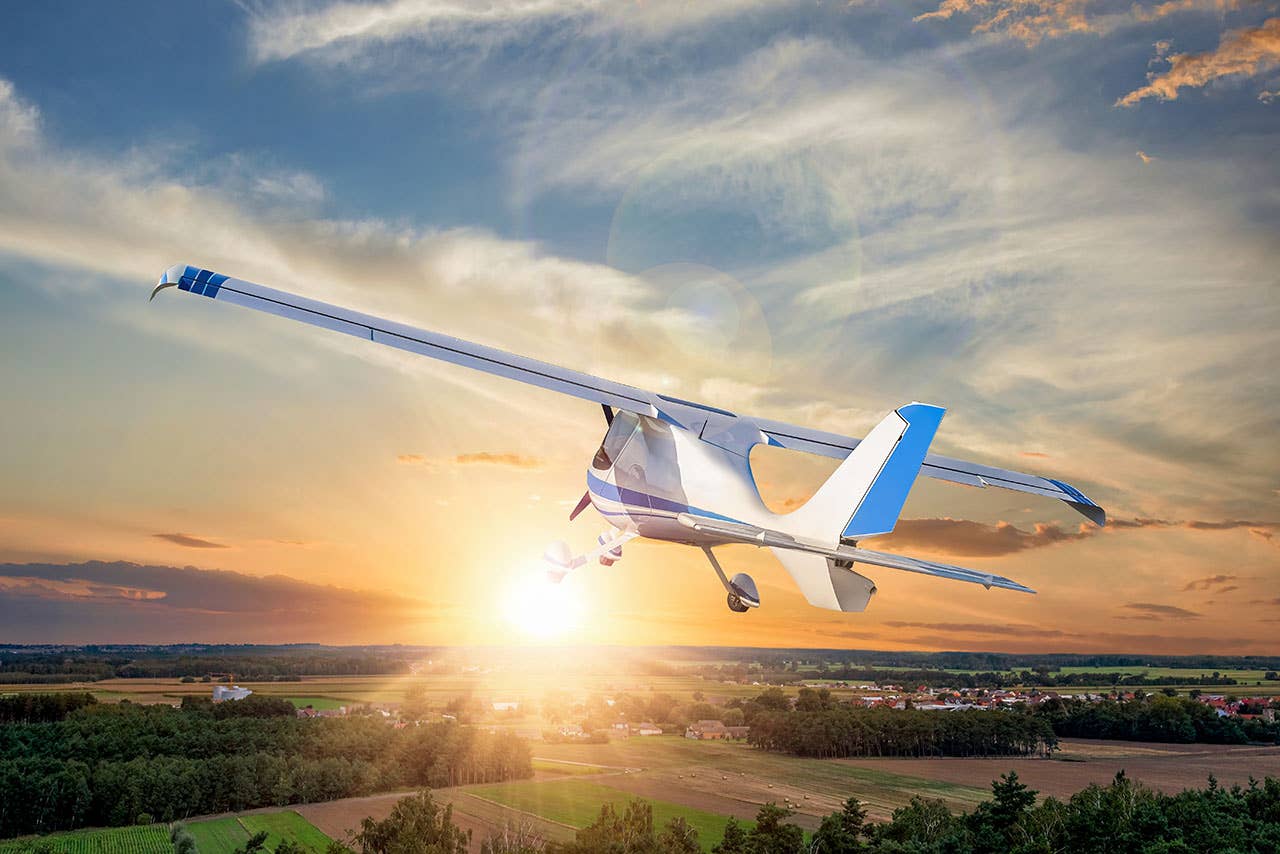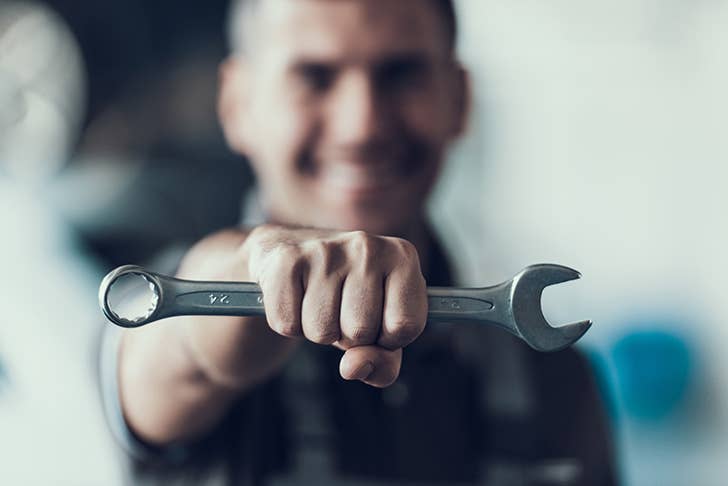So You‘re Thinking Of Buying An Airplane
How to look at the process in a way that cuts through the haze and gets you in a plane that’s best suited for what you really need
With many of the big decisions in life, and buying an airplane is definitely one of them, it takes a bit of discipline to make decisions that balance practicality and emotion. That's understandable, as those kinds of decisions, from buying a house to deciding on a new job, revolve around some of our most important hopes and dreams. So when it comes to finding that perfect set of wings, emotions, understandably, are in the mix. After all, the reason we want to buy an airplane in the first place is because we love flying, and we should never forget that fact. At the same time, emotion can lead us to forget the practical considerations in buying a plane, and after the first blush of that new plane is gone, the practical considerations remain.
So, how does one find the right airplane, one that fulfills the passion of flying while also making sense in terms of mission and expense? We'd suggest that you follow a checklist, just like we do when we go flying.
Granted, a lot of the considerations we outline are more complicated in real flying life than we have space to get into, but by running your overall purchase plan through these rudimentary filters, you'll likely wind up in a better place when it's time to rotate on that first flight in your new bird.
What are your needs as a pilot?
When going through the airplane buying decision, it's tempting to focus on the airplane. That's natural, but we can get some really useful insights into what the right plane might be for us by looking at the "us" part of that equation. Once we have the airplane safely tucked inside the hangar, we're left with the realities of operating that equipment. In some cases, that might mean an intensive course of study, hitting the books, flying with experienced instructors and logging time as necessary around the patch and in benign weather before tackling more complex missions. For getting the necessary training and putting in the time.
For pilots without a lot of experience in higher performance airplanes but who still want to go higher and faster in their new plane, the smart thing to do is find a mentor pilot to fly with. Flying single-pilot is a challenging thing to do when things get busy, and when you're in a faster, more complex aircraft in denser airspace and with weather, a lot more things happen a lot faster. That's when experience becomes indispensable. Knowing what kind of airplane you want is great. Being realistic with your readiness to fly it is even more important (something your insurance company will reinforce for you). So know your limitations, respect the demands of the airplane you'll be flying, and make sure to make conservative decisions.
This is where becoming part of a pilot community can really pay off. For a lot of pilots joining a partnership or a small flying club is the best call they can make. Not only do you get more airplane than you could otherwise afford and for less, but you get the benefits of the experience of your partners with operating the specific airplane you'll be flying while taking advantage of their collected wisdom (assuming these partners are the kind your mom would have been okay with you hanging around with). Such community support can prove invaluable in helping you learn the lessons your new plane has to teach you without having to make all the mistakes we typically make in getting there.
For pilots buying a whole airplane, and there's a lot to be said for that decision, too, it makes sense to find that community in different places, with friends who fly similar platforms or in owner's groups online or nearby. It's also a great way to get more fun out of your plane.
Define your Mission:
The way the airlines decide what kind of planes to buy when there are literally billions of dollars at stake, is by defining their mission as specifically as they can. For us personal flyers, the analysis doesn't need to be done by a team of eggheads, but knowing what we're going to use the plane for will help define many of our buying considerations. While we may see ourselves blasting across the country in a Bonanza, when we look at how we're likely to use the airplane, in many cases we might be better off with a Skyhawk. For some of us, that perfect airplane might not be one that's intended even remotely for cross-country flying. Do you like exploring the outback or carving loops in the blue skies above? Instead of that Bonanza, maybe a Carbon Cub or Decathlon would be the right plane for you.
If you're convinced you'll use the airplane to get places, as many of us do, think about what kind of trip is your typical mission. As much as you might like to jet off to Kona from LA for a long weekend, if your real trip is more likely to be from San Antonio to New Orleans, that's the one you should focus on.
For some of us, those typical trips will be, well, pretty typical. For others of us, our trips could be all over the map, literally and figuratively. So, how varied are your typical missions? If you might one weekend head up to Wyoming for a grass-strip steak and guitar outing, and the next weekend find yourself off to Seattle for a professional conference, then you need versatility. A Cessna 185 or Maule MX-7 makes great sense. If you're more likely to do one or the other, you'd be better off with an airplane that's built for a specific kind of flying, perhaps a nice used Piper Archer for the cross-country flying or a Cessna 180 for the gravel bashing. You'll pay less for less versatility and very likely be a lot happier with the monthly bills.
If you're convinced that flying for transportation is the way you'll use your airplane, then work to define that kind of mission in more detail. A good baseline to start from is the 500-nm trip, because that's a length that's pretty common and commonly doable in one leg for most rank-and-file piston singles.
How long is your typical mission?
If you're convinced that flying for transportation is the way you'll use your airplane, then work to define that kind of mission in more detail. A good baseline to start from is the 500-nm trip, because that's a length that's pretty common and commonly doable in one leg for most rank-and-file piston singles. A trip from Orlando Executive to Peachtree DeKalb near Atlanta, for instance, is just less than 400 nm. You can get this kind of trip done in a Skyhawk, though a Cirrus SR22 will save you a lot of time, around 90 minutes on a trip of this length. While that might not sound like much, it translates into much better flexibility. In this example, it means you'll likely be able to make it a one-day trip, with travel to the destination, business conducted, and travel home all in one day, something that would be lengthy, fatiguing and possibly risky, depending on weather or other circumstances, in a 172. If your trips are more leisurely and less time constrained, then a slower airplane might make sense and save you a bundle, too.
The demands and risks associated with long cross-country travel are very real, and expensive airplanes often have expensive gear to address those very real concerns. Anti-icing equipment like TKS or pneumatic boots, turbocharged engines, radar, capable autopilots and oxygen gear all increase the price of a plane but are there for very good reasons. Consider how much you'd need them by asking this simple question. Are you going to fly IFR and view your plane as a transportation craft? If so, be realistic about the kind of plane you'll need. On the other hand, if you plan to fly VFR or IFR in only the most benign actual conditions, then you can get away with less. Certainly a well-equipped Skyhawk with a decent autopilot makes a great platform for such flights.
Another big consideration is terrain. If you're in the western half of the United States, or some other geographic region of the world where there's big rocks out there, then there's probably no such thing as too much power or too much margin. Hot and high days ask a lot of single-engine airplanes (of every kind of aircraft, the truth be told), so having a 235-hp Cessna 182 instead of a 150-hp 172, even though it might be more airplane than you typically need becomes a godsend when the density altitude climbs to a mile high.
Analyze The Costs
As with many big ticket items, the purchase price of a plane represents only a fraction of the overall cost picture. Ongoing costs include insurance, hangar or tie-down, ongoing and regularly required maintenance, fuel, engine oil and care and cleaning, among others. Know the costs going in, and be ready to address them. That will surely mean putting some cash into a reserve account for that new engine and prop when the time comes. If the math doesn't make sense for a later-model used high-performance plane given the financial realities, look at more affordable options. That might mean an airplane with less range, less payload, or, dare I say it, less speed. Nevertheless, being happy with a modest airplane you can afford is a much happier situation than struggling with a more capable one you might not be able to keep.
Family Matters
Not every family is a flying family. That's just the fact. Spouses who also fly or who just love airplanes or going places in small airplanes are the best, and if we're lucky enough to have such a family, then we need to plan our airplane purchase with the entire clan in mind.
As families grow, so too do our airplane needs. When kids are little, a four-seater like a Grumman Tiger is a great transportation airplane. As they grow, you'll find you probably need more space and more capability, so a 182 or Model 36 Bonanza makes more sense. Sometimes, that means as the family grows there might be the need to step up in terms of payload and utility. Then again, if you can manage an airplane that will grow along with your needs, why not start there?
Great family airplanes run the gamut in terms of complexity, cost, capability and demands, from Skylanes, which can keep a family of four happily traveling from car seats to college, to King Airs, which can theoretically accommodate the grandkids at some point down the line.
Speed and why it's Our Friend
If you're flying an airplane for transportation, the whole idea is to get somewhere with it. The flying, granted, is great, but for many of us, an hour of beautiful desert views is as good as three. That said, the acquisition cost difference between a fast airplane, like a nice Mooney 201 and an equally nice fixed-gear Cessna Cardinal, can be substantial (though the ongoing costs of ownership in some cases are less so).
For those trips of around 500 nm, the need for speed is still very real, though it's when those legs stretch out even farther that speed really matters. A trip of 1,200 nm will require a stop in most fast airplanes, and at a cruise speed of 170 knots, you're looking at a seven-plus-hour trip, not counting that fuel stop you'll need. In a 125 knot airplane, that same trip translates to better than 9 hours, not counting the two or three fuel stops that will be needed. And when you work headwinds and short, winter days into the equation, things get ugly. This is even more the case when you consider that those less fleet airplanes are typically less capably equipped, so when adverse weather rears its nasty head, there are fewer options, less safety margin and greater likelihood that the trip will last an extra day or two.
Chances are good that if you're considering buying your next airplane, you've already thought through a lot of these decisions. For those pilots looking to buy their first airplane, running these simple tests is a great way to narrow the field of possibilities from the dream team to the home team and then, hopefully, down to the exact model of airplane that will best fit your needs, your budget and even, if you follow your heart just the right amount, your dreams too.
* Budd Davisson contributed to this article.
VFR vs IFR and Your Purchase Decision
By Isabel Goyer
Without a doubt, the ticket that most changes the way we fly by giving us new tools and new strategies is the instrument rating. After you're an instrument pilot who practices the craft, you look at flying in a whole new way. With an IFR rating on the certificate in your wallet you are no longer held hostage to the whims of an otherwise benign cloud deck. With an IFR rating, an overcast layer at 800 feet is hardly even considered weather. With this in mind, it makes sense to think about how your next airplane will work as an IFR platform.
There are several big considerations here, but none is as important as having a decent (or better) autopilot. We live in a strange time when many student pilots graduate from a flat-panel equipped trainer with a digital autopilot and then immediately go back in time a few decades to the age of steam gauges, mechanical gyros and adrenaline. S-Tec autopilots (most are what are known as "rate-based" units) are ubiquitous in older airplanes, and for good reason. They work great, they're affordable, and they are STC'ed (approved for retrofit) into just about every kind of single and twin-engine piston plane you could imagine, and literally many you'd never think to imagine. Now manufactured by Genesys AeroSystems, they are also readily available for retrofit into used airplanes without an autopilot or with an outdated one.
At a minimum, you want a wing leveler, because that can greatly cut the risk of loss of control in IMC, but altitude hold is great for staying on altitude and avoiding trouble with the nice people at the FAA.
For higher-end transportation airplanes, an attitude-based autopilot will capture that glideslope more accurately and hold in turbulence much more doggedly than a rate-based flight control unit can.
The next consideration is a backup source of altitude guidance should the vacuum pump in a legacy system go south. Strangely enough, one of the best backups you can have is a rate-based autopilot, because they do not rely on attitude but on rate of turn data to keep doing their thing. There are also a number of great standby instruments available from MidContinent Instruments, Aspen Avionics, BendixKing, L3 and others that you can install and immediately start breathing a little easier once you enter the clouds.
There are other equipment considerations to make when vetting your future ride for IFR duty. These include anti-icing gear, oxygen, moving maps and more, some of which are pricier than others and some of which are simply unavailable on some platforms.
The best equipment for real IFR flying, it goes without saying is a well trained and proficient pilot. A good autopilot comes right after that.
Interested in regular updates from Plane & Pilot?
Sign up for our free newsletter to receive aircraft news, product information, pilot talk and more.

Subscribe to Our Newsletter
Get the latest Plane & Pilot Magazine stories delivered directly to your inbox






